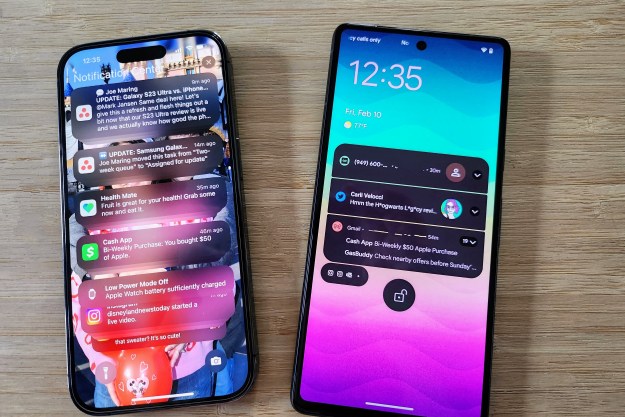That’s why Mountain View, California-based Boomerang built Boomerang for iPhone, a high-tech email manager that parses and analyzes your inbound messages.
Here’s the gist: Grant Boomerang access to your inboxes and the app’s AI will pick out words, phrases, sentences, and other mail metadata from your most recent messages. It will run that data through algorithms, taking into account factors like semantics and length. After all that’s done, it’ll spit out a succinct, up-to-the-minute inbox digest — Brief Me — that includes relevant portions of emails and estimates how long it will take you to respond.
“Boomerang is a fully featured email app combined with a smart assistant that helps plan your day so you can avoid falling into unproductive time-sucks,” the company said in a blog post. “For instance, say ‘Hey Boomerang, Brief Me’ on your train ride to work in the morning so you’re ready for your day as soon as you hit your desk. Say ‘Hey Boomerang, Brief Me’ after getting out of a long meeting so you don’t have to dig through your inbox to know what’s important for you to handle right away.”
Boomerang knows a thing or two about email. In August, the startup grew its enterprise customer base to 500,000 businesses and grabbed headlines with Respondable, a collection of machine learning algorithms that offer real-time email composition suggestions.
Boomerang for iPhone joins Boomerang’s growing productivity suite, which is impressive in its own right. IQ Search sifts through your inbox for files, PDFs, and crucial bits of information using natural language. Its rescheduler tool automatically moves, creates, and cancels meetings depending on your calendar availability, and lets folks know if you’re running late. And voice command support lets you manage messages by saying, “Delete all the marketing email I received yesterday,” for example, or, “Show me emails I need to reply to.”
Boomerang’s Brief Me feature launches on iOS today as part of Boomerang for iPhone, and on desktop and Amazon Alexa devices next year.
“Smart assistants to date have been generalists, usually best at simple things like playing a song or setting a timer,” Alex Moore, CEO and co-founder of Boomerang said in a press release. “By focusing exclusively on improving workday efficiency, we’ve created a feature set that goes beyond this catch-all approach and hopefully helps people leave work at work.”
Editors' Recommendations
- Worried about the TikTok ban? Here are 5 TikTok alternatives you should use
- What is Airplane Mode? What it does and when to use it
- I used AR glasses with Android tablets and iPads. Only one was good
- Android is still beating the iPhone in a small (but important) way
- Android does this one thing so much better than iOS, and it drives me crazy




